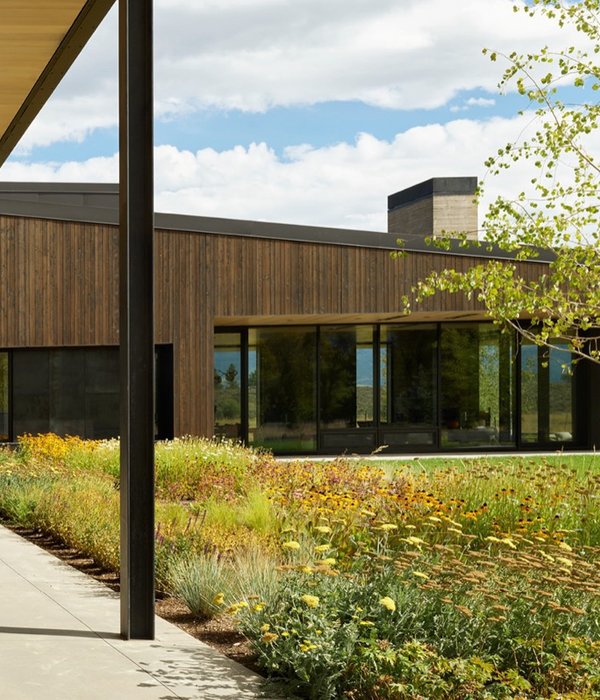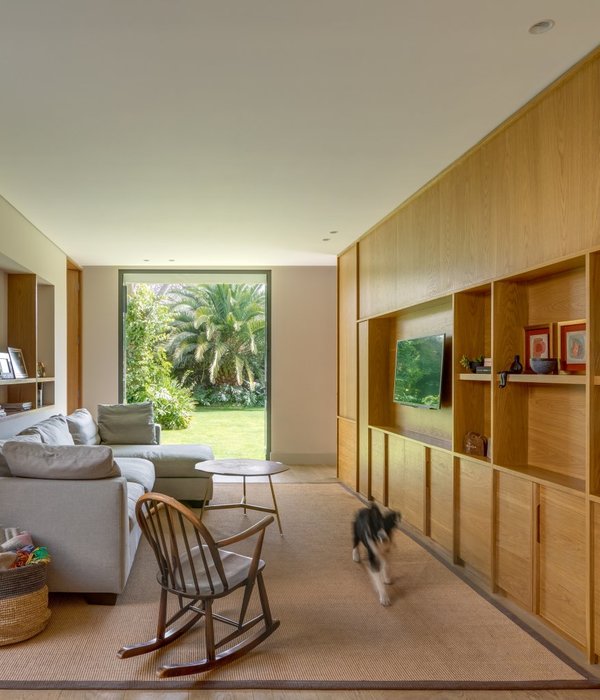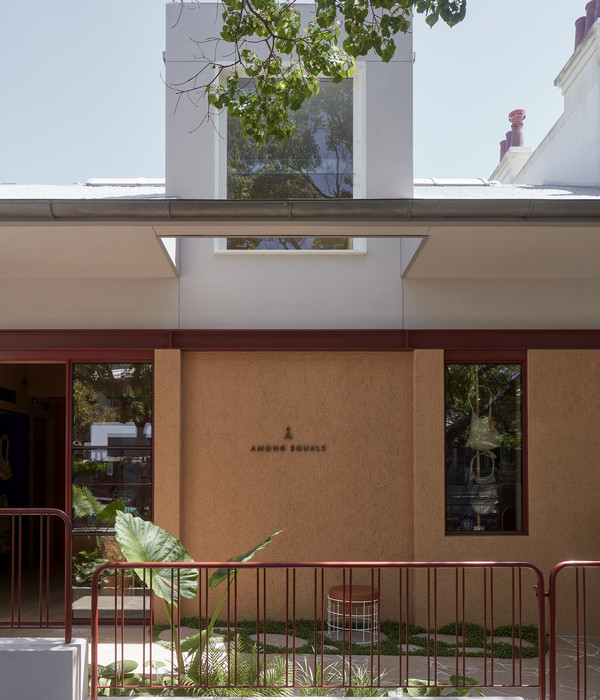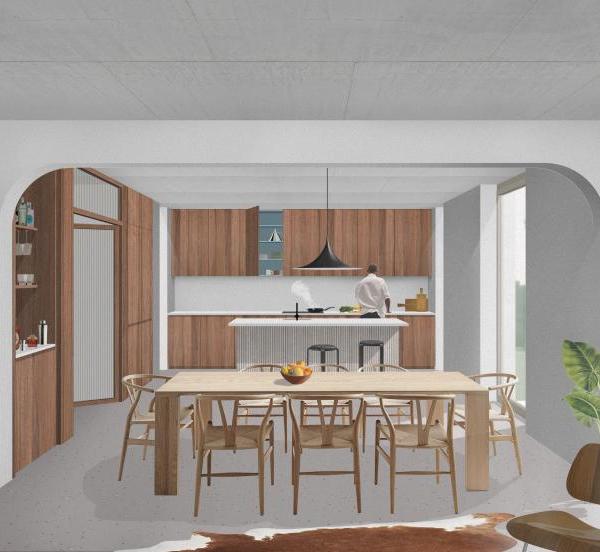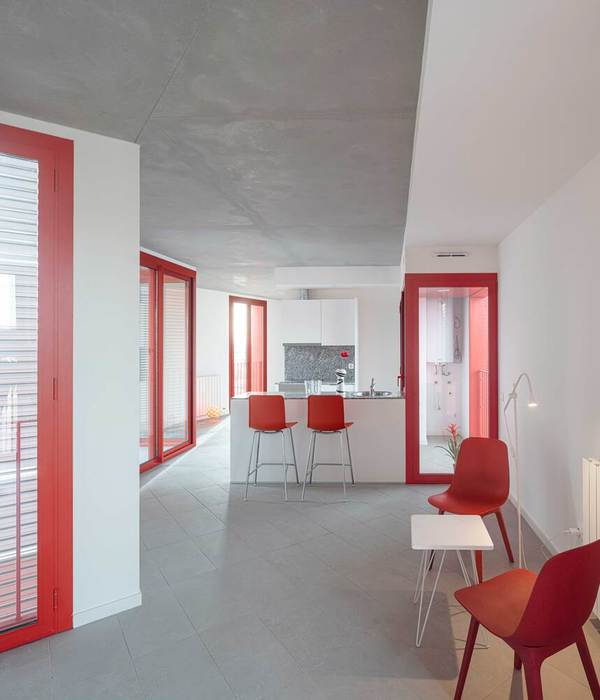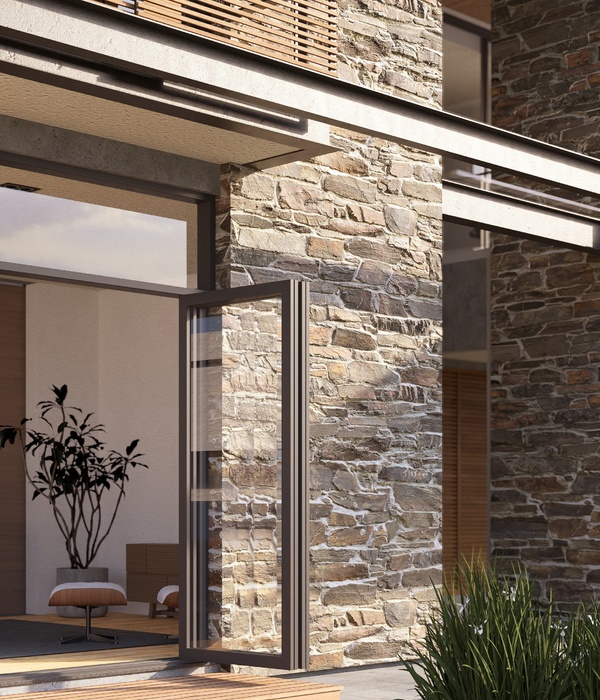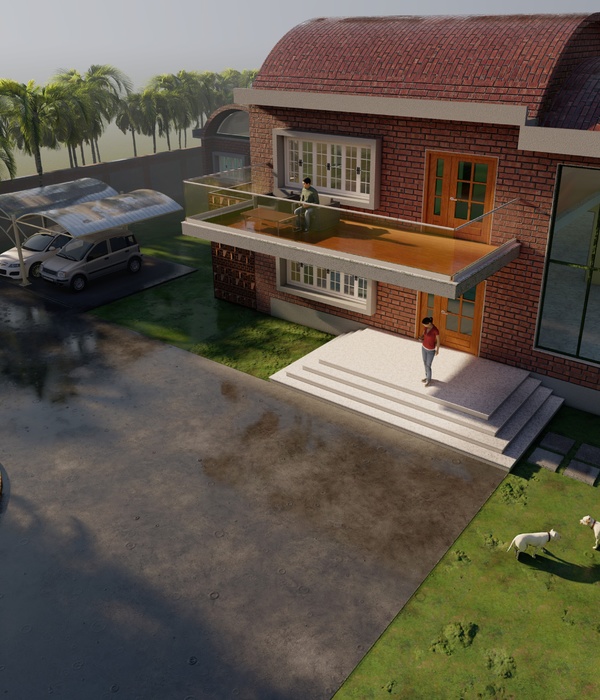Architects:Scott | Edwards Architecture
Area :5000 ft²
Year :2020
Photographs :Jeremy Bittermann
Manufacturers : AutoDesk, Endicott, Trespa, Sierra Pacific Windows, SketchUpAutoDesk
Landscape :Shapiro / Didway
Lighting :O- LLC
Structural Engineer :SFA Design Group
Lead Designer : Rick Berry
Design Team : Ryan Yoshida, Takanori Tomita, Kate Dougherty, Cameron Cruse
City : Portland
Country : United States
In the late nineteenth century, Portland’s northwest quadrant adopted the name Slabtown when a lumber mill opened on Northrup Street. The mill’s discarded log edges or “slab wood” were stacked in front of working-class homes as a cheap source of heating and cooking fuel.
Located in this northwest neighborhood, Slabtown 4 is a four-unit project for a multi-generational family. The presented challenge was to design two single-family dwellings and two accessory dwelling units, each with private outdoor spaces and parking, all on a compact footprint to fit a tight urban lot. Three of the four units were to be occupied by family members with the fourth as an office or to provide additional rental income.
Inspiration for the form came straight from the area’s early history, with two wooden volumes, or stacks of slab wood, resting on top of a solid base. This solid base grounds the structure and provides a sense of security and privacy for its occupants. To keep the base modern and monolithic, a dark manganese iron spot brick was paired with a matching dark grout with raked joints – adding texture to the façade with a material that complements the surrounding context.
The ground level is comprised of two one-bedroom ADU units with outdoor patios, and two, two-story townhouse units above with private roof decks with views of the west hills. The proportion and repetition of the townhomes bridge the scale between the nearby single-family homes and higher-density four-story apartment buildings across the street.
The interior is clean, simple, modern, and minimal with a slight Japanese influence. The palette includes natural materials, white surfaces flooded with daylight, black metal accents, and modern white oak built-ins with integral drawer pulls. The townhouse units feature double-height living spaces with loft-style main bedrooms to keep interior spaces bright, open, and airy.
A two-story vertical wall of white oak wood slats adds a textural element to the space preserving transparency while functioning as a guardrail for the two flights of stairs. Maintaining a connection to the outdoors is important when the main living area is on the upper floor. Large folding doors make the transition to the outside seamless and allow the living room to double in size for entertaining with its adjacency to the lower roof deck.
A large format tile was selected that can be used inside over a gypcrete subfloor with radiant heat as well as outside on an adjustable pedestal system to maintain a continuous floor surface. The third-floor bedroom suites have direct access to the upper roof deck, which is clad with wood to provide a soft, warm surface for yoga and bare feet.
By honoring the family’s wish to create four homes in a highly walkable and vibrant neighborhood, the result is a home that could serve as a model for multi-generational living in an urban environment.
▼项目更多图片
{{item.text_origin}}



